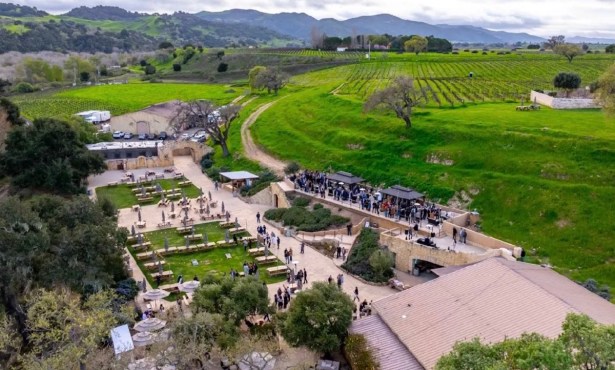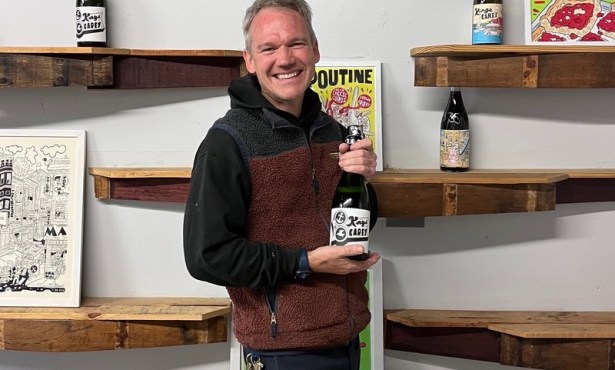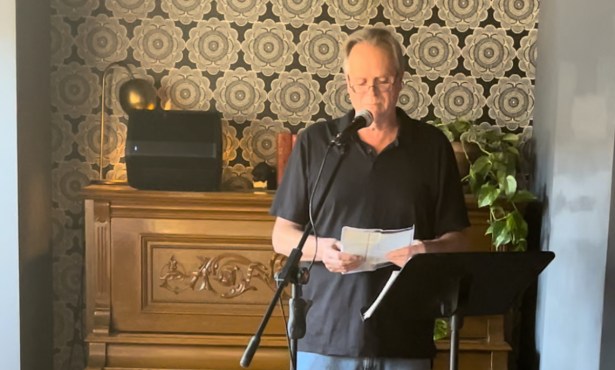Tips on Champagne Buying
In October, the Wine Cask hosted a trade tasting of true Champagnes from France that featured 11 different houses and 25 different wines. The big boys such as Taittinger, Charles Heidsieck, and Bollinger were there, but so were smaller producers brought by an import company called Esprit de Champagne. Estimated retail prices ranged from around $35 all the way past $200. Based on that afternoon, here are some trends to watch for when buying your own bottle this season.

Vintage vs. NV: Most of the Champagnes available in America and relatively affordable are nonvintage, or NV, in which producers use components from varying years to keep a consistent flavor. But aficionados seek out vintage bubblies, for they indicate a higher quality and, relatedly, cost. “We don’t name vintage unless we’re confident,” said the Charles Heidsieck rep, after pouring his solid Brut Reserve NV but before his even better 2005 Brut and 1995 Blanc des Millenaires.
Grower Champagnes: The export Champagne market is dominated by a few major producers, such as Moët & Chandon and Mumm, both owned by alcohol conglomerates. Those seeking a more personal backstory should aim for grower Champagnes, produced usually by families or cooperatives. Their American debut was relatively recent, so we’re still learning but already appreciate the unique styles and often lower prices. “Whenever people find out what it’s all about, they’re really enthusiastic,” said the Esprit de Champagne rep, whose highlights were the bargain Bochet-Lemoine Brut NV, the grippy 2004 Louis Casters, and the zippy 2005 H. Blin. “I liken it to Campbell’s Soup versus something your grandma made.”
Pinot Meunier: Most Champagne is made with either chardonnay (as in “blanc de blancs”) or pinot noir (“blanc de noirs”), or both. But pinot meunier is also part of the allowed palette, and tends to impart more body and texture. If bottled alone, it can also be labeled a “blanc de noirs,” though the excellent De L’Argentaine NV — a cooperative farm bottling from the village of Vandières — simply goes with “brut.”
Rosé: In addition to the crystalline “white” Champagnes, there’s also rosé, and the pink stuff is often more accessible to a wider range of palates, and certainly looks prettier. The Rosé NV by Bollinger, which is still run by the family that founded the brand in 1829, was particularly memorable, with bright and tight pink fruit notes.
Packaging: Like all wine sectors, Champagne must crack the younger drinker, and packaging certainly helps. Take Taittinger’s Nocturne NV, which is shrink-wrapped in a standout purple, disco ball–esque label. The wine is tip-top, but pickier palates with wider wallets should opt for the Taittinger Comtes de Champagne 2005, a 100 percent chardonnay masterpiece.



